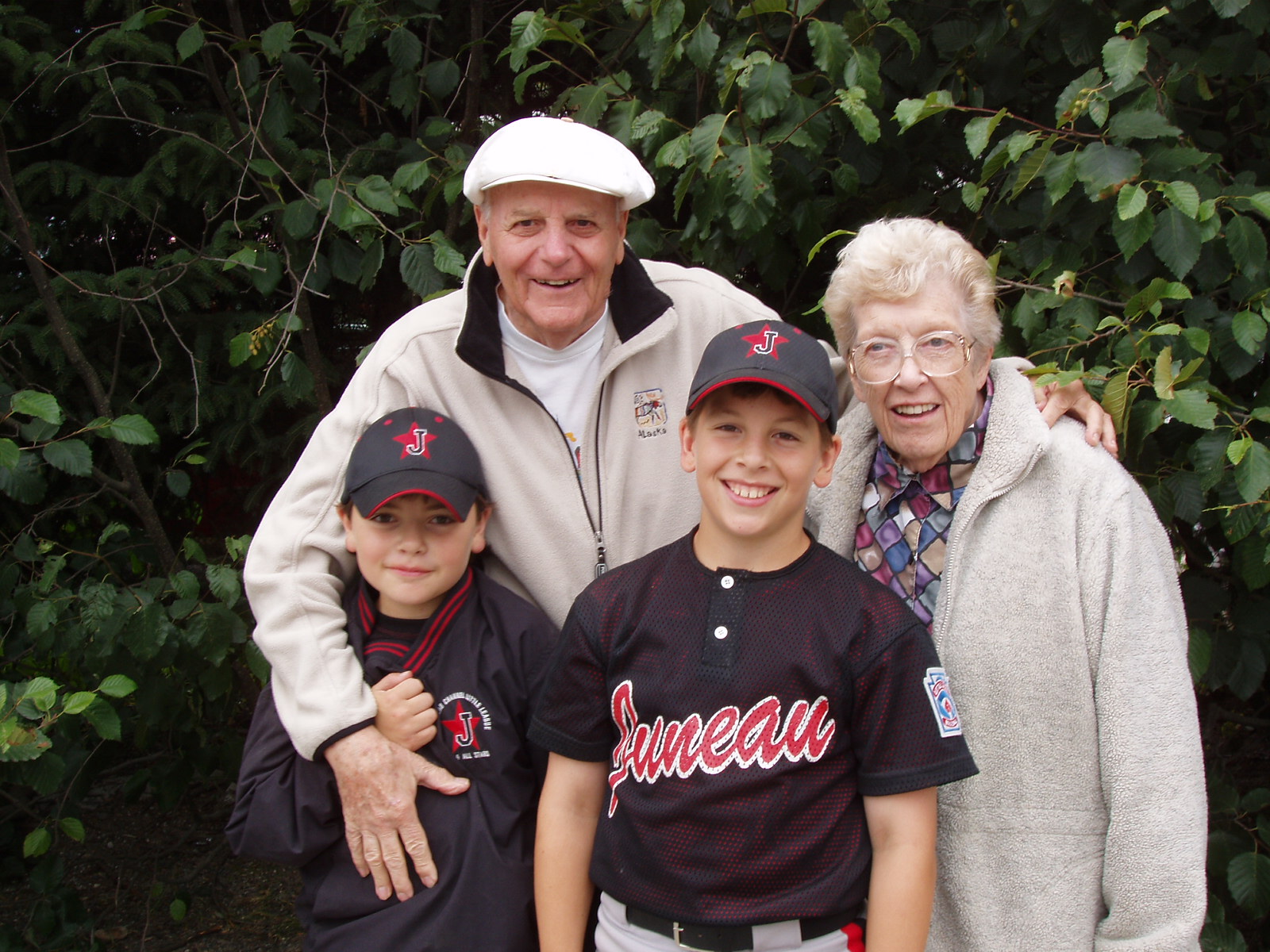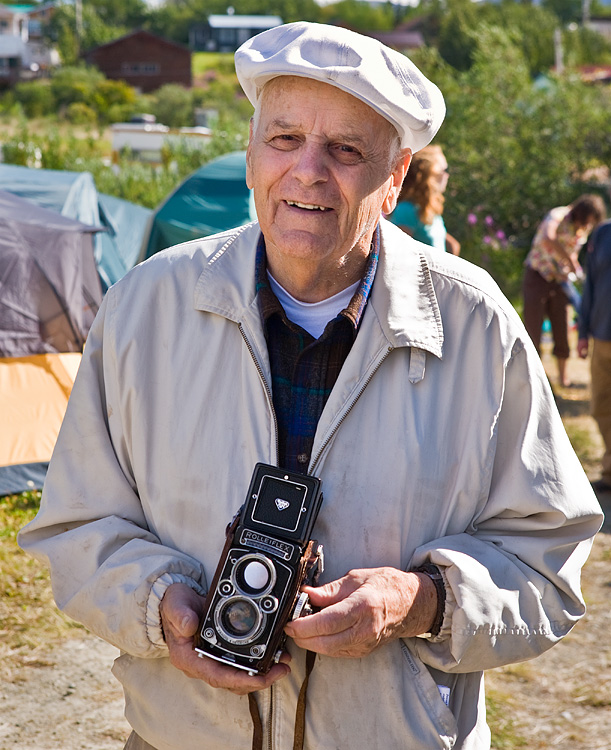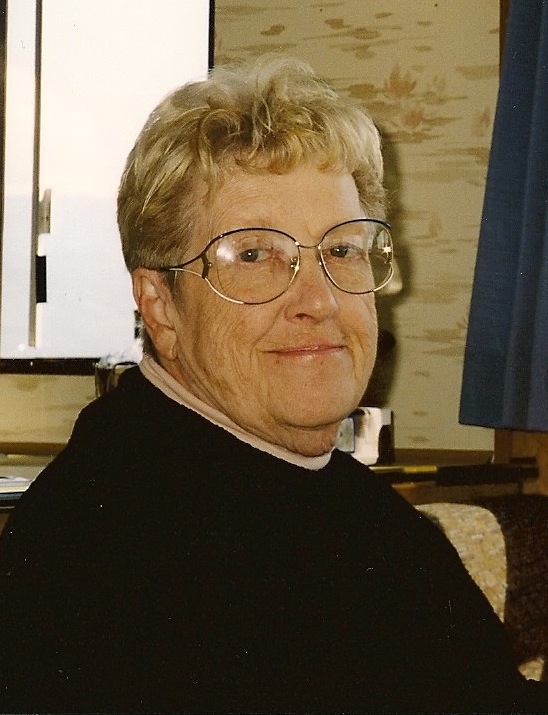By Luc
As new JIRP participants, we are learning the lay of the land at Camp 17. College students who purely specialize in ramenology are learning to cook for all 46 camp members. Those of us accustomed to flushing toilet paper are learning to use trash bags instead. The numerous names of previous JIRPers contained on the boards of the cook shack remind us of the hundreds that have gone through this initiation into JIRP before us. In addition to the students and staff, Camp 17 houses many guest faculty including Jay Ach, a JIRP student in 1973 who is currently a Environmental Manager for the Port of San Francisco. Jay experienced the same hardship we experienced on the hike to Camp 17 and has been giving us insight into changes and similarities from the past to the present. Jay remembers the infamous devils club puncturing and tearing skin. Currently, Camp 17 has a double wide outhouse with a wall separating stalls. When Jay was a student, there was a two-story outhouse. Unfortunately, this no longer exists. Apparently, the upper stall of the two-story outhouse was favored over the lower stall. Pilot bread serves as the staple of every JIRPer diet. In addition to Jay’s nostalgia over the JIRP staple food, he mentioned the packaging has not changed since the 1970’s.
Jay had the pleasure of introducing his wife, Karen Grove, to the Camp 17 adventure. Karen is a geology professor and head of the Earth & Climate Sciences at San Francisco State University. After years of hearing Jay’s incredible adventure in JIRP, she decided to see what all the hype was about. Karen will be sharing her knowledge with the students on paleoclimate; looking at climate in the past in comparison with today. Even though there is currently zero visibility and sideways rain at Camp 17, Karen remains upbeat and enthusiastic. This is a testament to the tradition of positive group dynamics of JIRP, and the connection that stretches generations of JIRP, from 1973 to 2014.


























